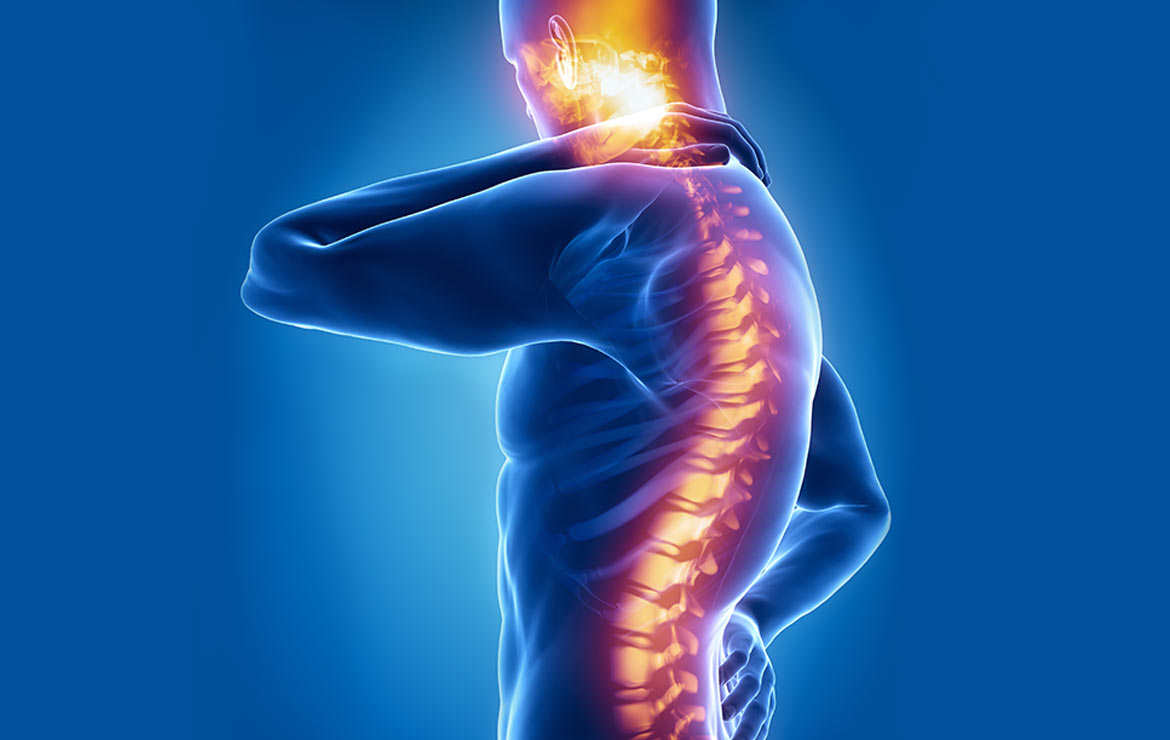How can you ensure that your injured workers are referred to pain management at the right time?

By: Laura Gorman, RN
National Product Leader at MTI America
 Pain management is often a complex topic, and everyone experiences pain differently. There’s no one-size fits all solution for how to handle chronic or acute pain. While many workers can return to their jobs after a brief recovery period, others are dealing with chronic pain that can last for months or even years. When this happens, injured workers are referred to pain management specialists that use various techniques, including medication, rehabilitation therapy, and psychological counseling to help patients cope with chronic pain. This article explains pain management and when injured workers should receive these services.
Pain management is often a complex topic, and everyone experiences pain differently. There’s no one-size fits all solution for how to handle chronic or acute pain. While many workers can return to their jobs after a brief recovery period, others are dealing with chronic pain that can last for months or even years. When this happens, injured workers are referred to pain management specialists that use various techniques, including medication, rehabilitation therapy, and psychological counseling to help patients cope with chronic pain. This article explains pain management and when injured workers should receive these services.
Pain Types and How is it Measured
Acute pain is a sharp, short-term pain usually caused by an injury or illness. It typically lasts for a few days or weeks and then goes away as the body heals. Chronic pain, on the other hand, is pain that persists for 3 to 6 months or more. Unlike acute pain, chronic pain often continues after the injury has healed. Managing chronic pain can be challenging as it may require long-term treatment with pain management, lifestyle changes, and therapy.
Pain is a subjective experience, and measuring it cannot be easy. However, there are several tools that doctors can use to get an accurate picture of a patient’s pain. One of the most common tools is the pain scale which asks patients to rate their pain on a scale from one to ten. The pain scale provides a quick way for doctors to gauge the severity of a patient’s pain and compare it to other patients. Another tool is the pain diary where patients record their pain levels at different times of the day. The pain diary can help to identify patterns in pain levels and determine what factors may be causing or exacerbating the pain. If pain interferes with a patient’s quality of life, these tools can help find ways to manage it.
Treatment
Doctors use several types of therapies in their search for relief. Typically, they begin with conservative measures such as over-the-counter medications, physical therapy, transcutaneous electrical stimulation, and cognitive and behavioral modification.
If the treatments fail to work, physicians may explore other options, including less conservative or invasive procedures. This may be followed or done in concert with using medications that might include opioids.
When to Refer
The injured worker’s primary doctor or another treating provider will determine when to refer a case to pain management. If conservative treatment has not yielded the desired results, and their pain persists despite intervention efforts, it is likely an appropriate time for a pain management referral.
Introducing pain management earlier may prove helpful in some cases. Some doctors feel if we start managing the pain with a specialist while there is still an opportunity earlier in the case rather than later, it will result in better outcomes. For example, the goal of physical therapy is to restore movement and function, while the focus in medicine is overall improvement and relieving pain. The two approaches have different purposes but can work together for a patient’s recovery from an injury. Not only does this treatment help with pain and discomfort, but it also promotes long-term healing by strengthening weak muscles from an injury.
Webinar
Learn more about Physical Medicine vs. Pain Management for the spine by attending our webinar on August 11th.
Register Today: https://ww3.workcompcentral.com/education/course/course_pk/1373











